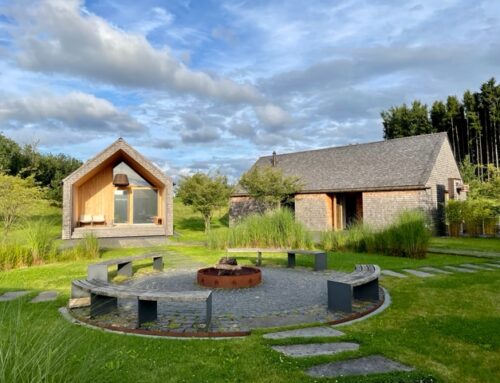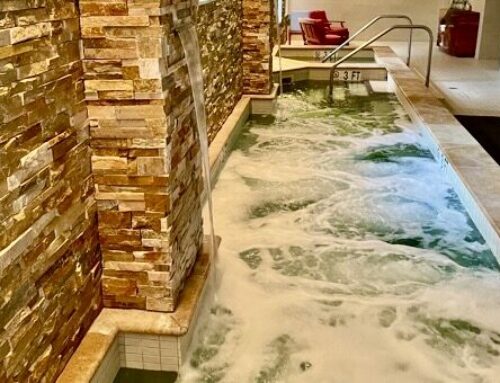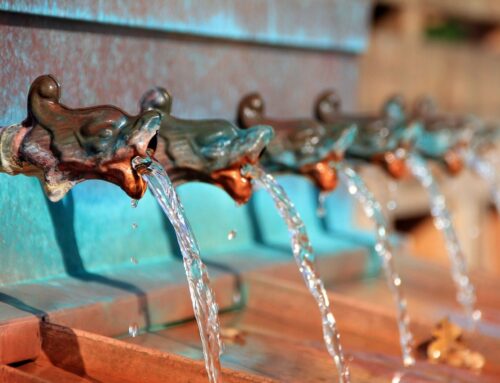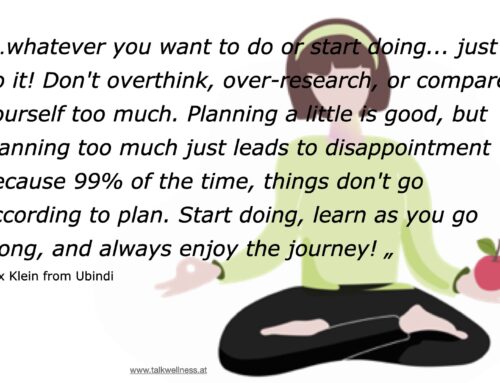Spa Guest Loyalty and Value
Recruiting new customers is typically a resource-consuming effort for any business, involving a great many – and sometimes costly – marketing activities.
It is said that the ratio between recruiting a new customer and retaining an existing customer is 7:1. Meaning that for every dollar spent on retaining an existing customer, 7 dollars are spent on recruiting a new customer.
Modern consumers are facing a high density of information on a daily basis from which to filter desired and important information.
On top, low ‘exit’ barriers in a satisfied spa industry market make it easy for the unhappy spa guest to simply turn to a competing spa facility for future visits.
How can a spa ensure to attract the right spa guest in the first place, to fulfill their needs and demands to their satisfaction and to turn them into loyal and repeat customers as time goes by?
Customer satisfaction is the base of spa business success
I have explained the importance of customer satisfaction already in my article ‘In 2 steps to uncompromising quality in service management‘.
Only if expectation of the service, the actual performance and post-service evaluation match, satisfaction is achieved.
Satisfied spa customers are more likely to return and buy again, to generate positive word of mouth and even buy additional services in the future.
The spa guest evaluates the spa service after having received it, and compares the actual performance against her pre-service expectations. This evaluation can lead to either:
delight: the service performance either confirmed the expected ideal or desired level, or even overachieved
satisfaction: which can also be called a ‘positive’ indifference, something that falls between predicted or expected outcome
acceptance: also known as ‘negative’ indifference, just slightly below predicted or expected outcome, the consumer just about accepts the performance
 dissatisfaction: the performance level lies below minimum tolerable towards worst imaginable which typically leads to a complaint (in the best case, as the spa is given the chance to respond and address the problem) or the customer may never come back without complaining, which is even worse for the business.
dissatisfaction: the performance level lies below minimum tolerable towards worst imaginable which typically leads to a complaint (in the best case, as the spa is given the chance to respond and address the problem) or the customer may never come back without complaining, which is even worse for the business.
Customer retention
Customer satisfaction or even exceeding spa guest expectation is mandatory for successful spa businesses, however not sufficient.
Even a satisfied customer may turn to a competitor to try something new, or maybe for a better deal etc.
By influencing customers positively and offering added value, a spa business can tie the customer sustainably to the business and its offers. This is called Customer Relationship Management (=CRM) and is part of the strategic spa objective.
Of course in all this we need to keep in mind an economic factor.
The Pareto principle translates to:
“20% of your spa guests make 80% of your spa revenue”.
We cannot assume that ‘every’ satisfied customer contributes to our spa business success. This is why successful businesses focus their efforts on the segment of their own very profitable target group, instead of wasting resources on ‘non’ profitable customers.
Spa marketers understand the different customer groups they serve and apply different measures to each group: a new customer is treated, informed, and addresses differently as a repeat customer for example.
A useful model for a CRM strategy is the customer lifetime value model (by Georgi 2008).
The customer lifetime value model
The customer lifetime value model offers 3 different phases referring to the time that the spa calls a person a customer:
- customer recruitment
- customer retention
- customer recovery
Phase 1: Customer Recruitment
During her purchasing decision, the spa guest evaluates the information she has received about the spa and its offers. During the evaluation (meaning the decision if this spa will be her best choice), emotional aspects play a major role. During the very first contacts it is important for the spa to transport the message and the promise, that all needs and demands of the spa guests will be met to her satisfaction.
Phase 2: Customer Retention
During this phase, business (with the spa guest) is in the growth or maturity stage. This is the time to perform intensive CRM activities.
Phase 3: Customer Recovery
To regain a spa guests trust and business – much like during the initial recruitment in phase 1 – emotional aspects play a main role. Re-viving former customers is easier and less costly than recruiting new customers.
Basic strategies in CRM are
- connection: the consumer relates to the product, spa and brand, i.e. direct marketing and selling
- bondage: the consumer is somehow tied to the spa, i.e. by a contract such as a membership, or a loyalty program etc.
and can be used simultaneously, independently, or successively during the different stages differently.
And what is the no. 1 tool for CRM?
The no. 1 tool for customer relationship management is …?
common, you know it!
think!
harder!
it was the topic of one of my posts a few weeks ago!
the answer is $%^&*(£)!
well done!
Let me provide you with an example
Many of a city business hotel guests have never set foot into the city hotel spa. The spa offers a promotional ‘business traveler package’ to gain new spa goers attention.
Some of the business hotel guests are interested in the jet-lag-elimination aspect of the offer, they are pleased with the philosophy of the spa, they feel that the brand with its offers fulfils business travellers needs.
By intelligent communication, the spa manages to transfer the message, that the consumer will feel re-energised after the spa visit, which encourages some hotel guests to book the package.
The actual service eventually does not only meet consumers expectations but excels, which turns some of the spa guests into regulars.
By offering additional services such as email reminders of daily tips for a healthy lifestyle whilst travelling, the spa engages in CRM activities.
After a while, some of the regulars loose interest in the spa services. The spa however manages to re-gain their interest by further measures, such as exclusive offers, or additional personalised services.
Summary
A successful CRM strategy will help better understand the needs of every spa guest. It can also reduce customer churn which leads to lower selling costs for example and increases new customers through referrals. An increase revenue per customer through cross- and up selling is likely. Above, a successful CRM helps to deliver a consistent spa experience every time the spa guest visits the spa facility, leading to spa guest loyalty.












